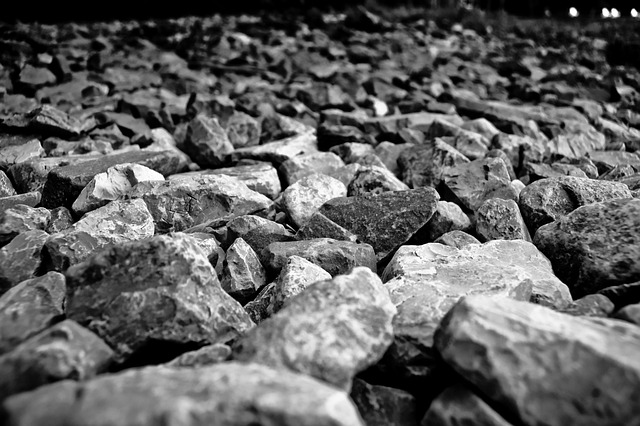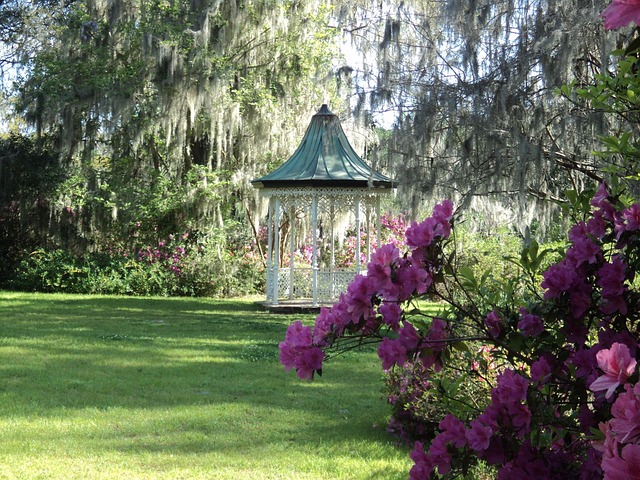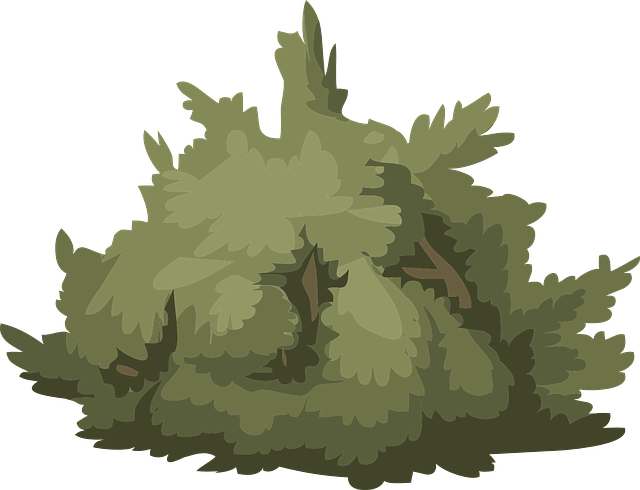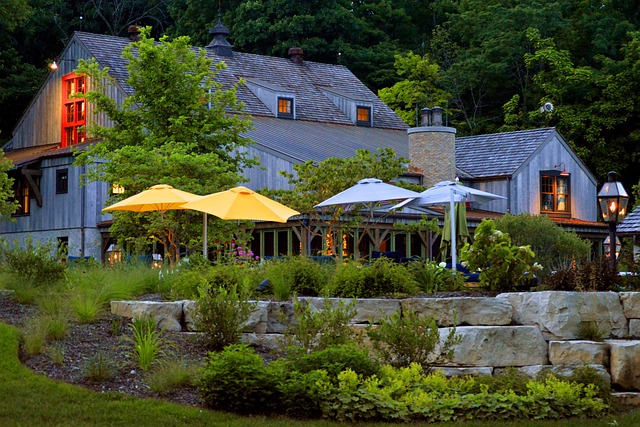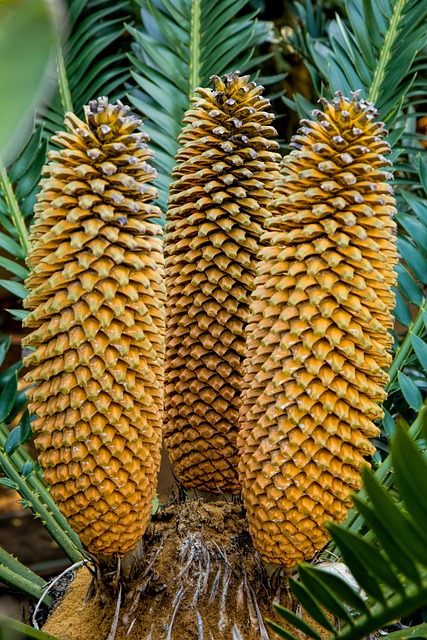In Portland, OR, sustainable landscaping prioritizes biodiversity, water conservation, and minimizing synthetic materials. Native plant species are central to this philosophy, as they require less maintenance, support local wildlife, and preserve the region's unique ecosystem. Efficient watering systems like drip irrigation and rain collection barrels, along with eco-friendly materials like recycled woods and natural stones, further enhance sustainability. Integrating native plants into landscaping designs not only beautifies outdoor spaces but also solidifies Portland's reputation as a leader in eco-conscious urban development.
“Discover how eco-friendly landscape designs are transforming Portland, OR’s urban landscape into a vibrant and sustainable oasis. This article delves into the core principles that make these designs thrive in this unique environment, focusing on native plant integration, water conservation, and sustainable materials. We explore the myriad benefits, from enhancing local ecosystems to reducing maintenance costs. Learn practical implementation tips to bring these eco-conscious landscapes to your Portland yard.”
Eco-Friendly Landscape Design Principles for Portland OR
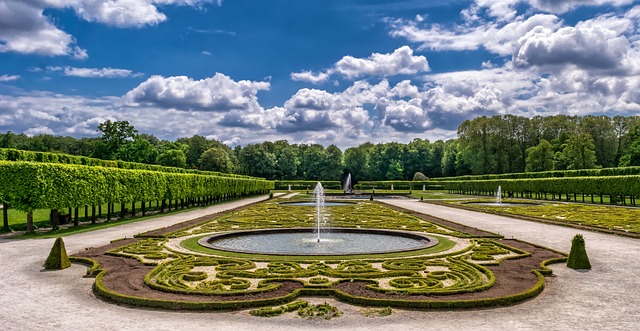
In Portland, OR, eco-friendly landscape design is more than just a trend—it’s a way to enhance local ecosystems while beautifying homes and public spaces. When considering Portland OR landscaping, designers and homeowners should focus on principles that promote biodiversity, conserve water, and reduce the use of synthetic materials. Incorporating native plant species is a cornerstone of this approach, as it supports local wildlife and requires less maintenance than non-native varieties.
Additionally, efficient watering systems such as drip irrigation and rain collection barrels are essential for sustainable Portland OR landscaping. These methods ensure water conservation while keeping plants healthy. Using environmentally friendly materials, like recycled woods and natural stones, also contributes to a design that minimizes its ecological footprint. By integrating these principles, residents can create stunning outdoor spaces that are in harmony with the region’s unique ecosystem.
1.1. Integration of Native Plants

In Portland, OR landscaping, integrating native plants is a key strategy for creating eco-friendly designs. Native species are perfectly adapted to the region’s climate and soil conditions, reducing the need for excessive watering and chemical fertilizers. This approach not only conserves local ecosystems but also provides habitat for native wildlife, including birds, butterflies, and beneficial insects. By choosing indigenous plants like Oregon grape, Western red cedar, and Pacific rhododendron, Portland residents can transform their outdoor spaces into vibrant, low-maintenance oases that contribute to the city’s overall environmental sustainability.
Additionally, native plants offer year-round visual appeal with their diverse textures and colors. They often require less care than non-native counterparts, saving time and money for homeowners. This is especially beneficial in Portland’s unpredictable climate, where some native species can thrive in both sunny and shaded areas, tolerating wet winters and dry summers. Incorporating these plants into landscaping designs not only enhances the beauty of outdoor spaces but also ensures that Portland remains a leader in eco-conscious urban development.
Portland, OR landscaping can be both aesthetically pleasing and environmentally responsible by adopting eco-friendly landscape design principles. By integrating native plants and prioritizing sustainability, residents can create vibrant outdoor spaces that support local ecosystems while enhancing their homes’ curb appeal. These designs not only contribute to the city’s overall ecological health but also provide long-term savings on water usage and maintenance costs. Embracing these practices is a step towards a greener future for Portland and its surrounding areas.
